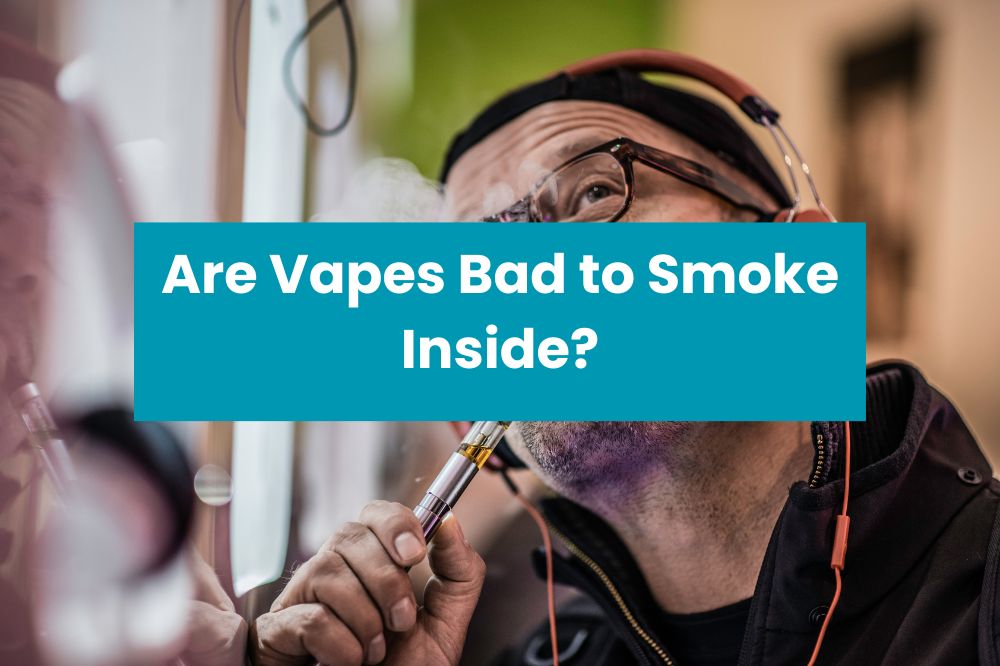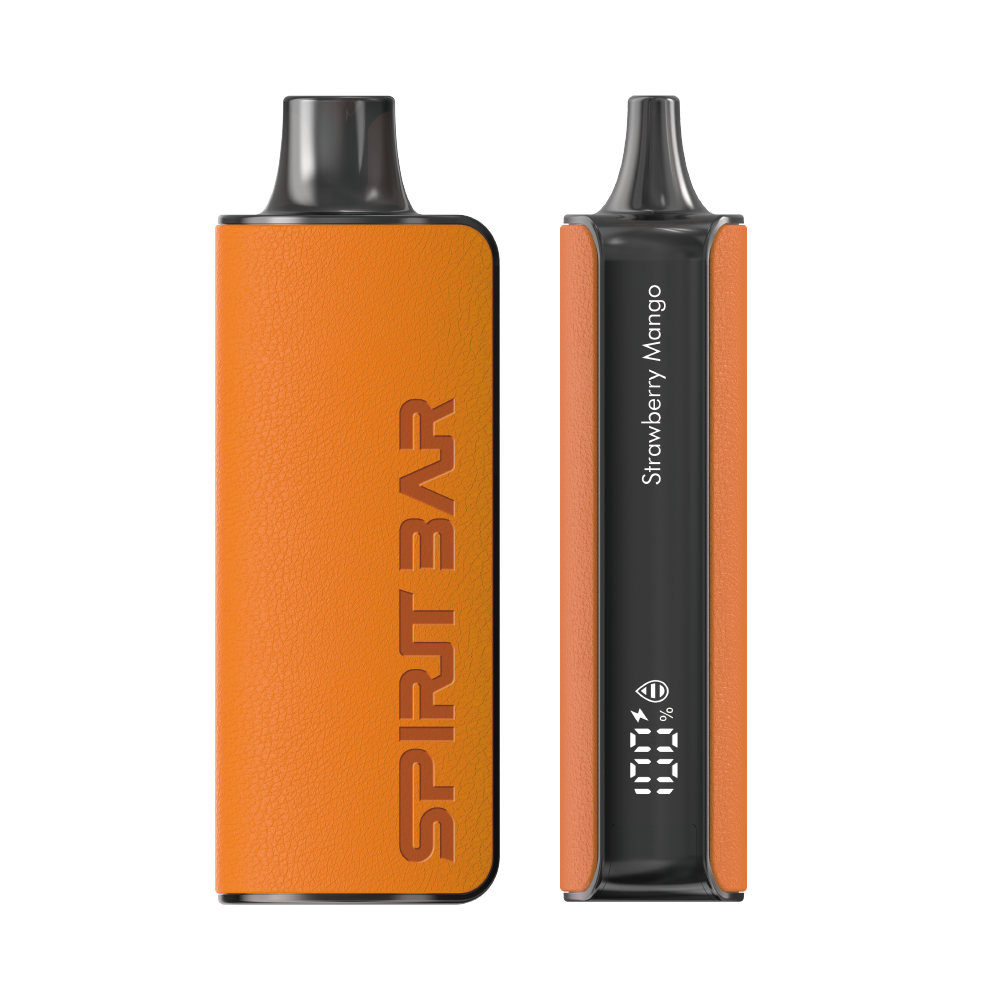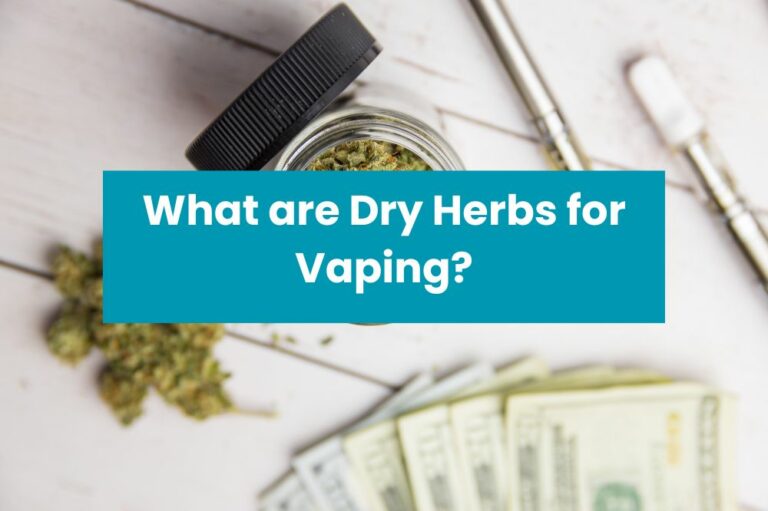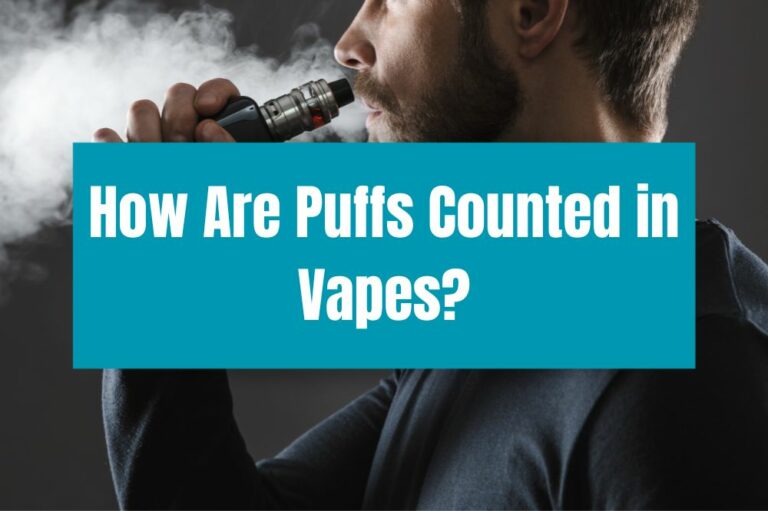Are Vapes Bad to Smoke Inside?

Are vapes bad to smoke inside? The short answer is yes. Vaping indoors can have negative effects on your indoor air quality. While vaping is often marketed as a safer alternative to smoking, it still releases harmful chemicals into the air that can be inhaled by others. Secondhand vape exposure may be harmful because people may breathe in substances such as nicotine and toxic chemicals within the vapor. This can pose a risk to your health and the health of those around you.
Research suggests that vaping is bad for your heart and lungs. Nicotine is the primary agent in regular cigarettes and e-cigarettes, and it is highly addictive. It causes you to crave a smoke and suffer withdrawal symptoms if you ignore the craving. Nicotine is a toxic substance that can cause harm to your body. When you vape indoors, the chemicals in the vapor can linger in the air and be inhaled by others, leading to potential health risks.
While vaping may not leave behind the same amount of residue as smoking, it can still stain walls and furniture over time. Vaping indoors can have negative effects on air quality, which can lead to respiratory problems, allergies, and other health issues. It’s important to limit your exposure to vaping and to ensure that those around you are not being exposed to harmful chemicals.
Understanding Vapes
If you’re wondering whether vapes are bad to smoke inside, it’s important to first understand what vapes are and how they work. Vapes, also known as e-cigarettes, are battery-operated devices that heat a liquid solution, usually containing nicotine, flavorings, and other chemicals, turning it into a vapor that can be inhaled.
SPIRITBAR Katana BP10000
- Slender, leather-textured body reminiscent of a katana handle for an authentic samurai feel
- Unique samurai-inspired e-liquid flavor - fruity yet not too sweet, with a luxurious, elegant aroma
- Powerful 650mAh rechargeable battery for extended vaping time
- Large 18ml e-liquid capacity and 10,000 puff capacity
- Advanced mesh coil and e-liquid & power display screens for optimal vaping experience
The special juice captures the essence of the samurai spirit with its rich, smoothly pulsating flavor that brings new satisfaction with every puff. The device's slender, leather-textured design evokes the grip of a samurai's katana, making this product a perfect choice for beginner vapors.
While vapes are marketed as a safer alternative to smoking traditional cigarettes, they still contain nicotine, which is highly addictive and can have negative effects on your health. In addition, the long-term effects of vaping are still not fully understood, as the industry is relatively new and research is ongoing.
One thing that is clear, however, is that vaping can affect indoor air quality. The vapor produced by vapes contains particles that can be inhaled by those around you, potentially exposing them to harmful chemicals. In fact, a study by the National Institute of Standards and Technology found that the levels of harmful chemicals in the air from vaping can be as high as those from smoking traditional cigarettes.
It’s also important to note that vaping can leave residue on surfaces, such as walls and furniture, which can be difficult to clean. While it may not cause the same type of damage that cigarette smoking does, it can still stain surfaces over time.
SPIRITBAR Jack’s Flask 9000 Puffs
- Stylish pirate flask-shaped body providing an exciting vaping experience
- Delivering up to 9000 puffs per device
- 20ml e-liquid capacity with 50mg nicotine strength for satisfying throat hit
- Specialized pirate-themed e-juice flavors for rich, swirling taste
- Premium mesh coil optimizes flavor profile for maximum vaping enjoyment
This disposable vape captures the daring spirit of the high seas with its flask styling and signature pirate e-juice flavors. The extraordinary battery life provides 9000 indulgent puffs for extended vaping pleasure. Live boldly and freely with the Jack's Flask - a legendary vaping experience fit for a pirate's adventures.
Overall, while vapes may be a better alternative to smoking traditional cigarettes, they still pose potential risks to your health and the health of those around you. If you choose to vape, it’s important to do so responsibly and consider the impact it may have on others.
Indoor Air Quality and Vapes
When it comes to vaping indoors, it’s important to consider the impact it can have on indoor air quality. Here are a few things to keep in mind:
Chemical Components
Vaping involves heating up a liquid (known as e-juice or e-liquid) to create a vapor that is then inhaled. While e-juice typically contains fewer chemicals than traditional cigarettes, it still contains a variety of potentially harmful substances, including:
- Nicotine
- Formaldehyde
- Acetaldehyde
- Propylene glycol
- Vegetable glycerin
- Flavorings
These chemicals can be released into the air when you vape, potentially impacting the air quality in your home.
Particles’ Impact
In addition to the chemical components of e-juice, vaping can also release particles into the air. These particles can come from the e-juice itself, as well as from the heating element in the vape device. Some studies have suggested that these particles can contribute to indoor air pollution, though more research is needed to fully understand their impact.
Overall, while vaping may be a less harmful alternative to smoking traditional cigarettes, it’s important to be mindful of its potential impact on indoor air quality. If you do choose to vape indoors, consider using an air purifier to help remove any potentially harmful particles from the air.
SPIRITBAR Katana BP10000
- Slender, leather-textured body reminiscent of a katana handle for an authentic samurai feel
- Unique samurai-inspired e-liquid flavor - fruity yet not too sweet, with a luxurious, elegant aroma
- Powerful 650mAh rechargeable battery for extended vaping time
- Large 18ml e-liquid capacity and 10,000 puff capacity
- Advanced mesh coil and e-liquid & power display screens for optimal vaping experience
The special juice captures the essence of the samurai spirit with its rich, smoothly pulsating flavor that brings new satisfaction with every puff. The device's slender, leather-textured design evokes the grip of a samurai's katana, making this product a perfect choice for beginner vapors.
Health Risks of Vaping Indoors
If you’re a vaper, you might think that vaping indoors is a safe alternative to smoking traditional cigarettes. However, there are still health risks associated with vaping indoors. In this section, we’ll explore the respiratory concerns and secondhand exposure risks of vaping indoors.
Respiratory Concerns
Vaping indoors can cause respiratory concerns. The aerosol produced by e-cigarettes can contain harmful chemicals, including nicotine, formaldehyde, and acrolein. Inhaling these chemicals can cause respiratory irritation, coughing, and wheezing. Additionally, vaping indoors can worsen existing respiratory conditions, such as asthma and chronic obstructive pulmonary disease (COPD).
To reduce the risk of respiratory concerns, it’s important to ensure that the indoor environment is well-ventilated. If you’re vaping indoors, consider opening a window or using a fan to help circulate the air. You should also avoid vaping in enclosed spaces, such as cars or small rooms.
Secondhand Exposure
Vaping indoors can also expose others to secondhand aerosol. The aerosol produced by e-cigarettes can contain harmful chemicals, including nicotine, heavy metals, and volatile organic compounds. Inhaling these chemicals can cause respiratory irritation, coughing, and wheezing. Additionally, secondhand exposure to e-cigarette aerosol can increase the risk of developing respiratory and cardiovascular diseases.
To reduce the risk of secondhand exposure, it’s important to avoid vaping in enclosed spaces with others. If you’re vaping indoors, consider going outside or finding a designated vaping area. You should also inform others around you that you’re vaping, and ask for their consent before vaping in their presence.
Overall, vaping indoors can pose health risks to both the vaper and those around them. To reduce the risk of respiratory concerns and secondhand exposure, it’s important to ensure that the indoor environment is well-ventilated and to avoid vaping in enclosed spaces with others.
Comparison with Traditional Smoking
If you’re considering switching from traditional smoking to vaping, you may be wondering how the two compare. Here are a few key differences to keep in mind:
- Chemicals: Traditional cigarettes contain over 7,000 chemicals, many of which are toxic. Vaping devices, on the other hand, heat nicotine, flavorings, and other chemicals to create an aerosol that you inhale. While vaping is generally considered to be less harmful than smoking, it’s still not completely safe.
- Secondhand Smoke: Traditional smoking produces secondhand smoke, which can be harmful to those around you. Vaping, on the other hand, produces an aerosol that quickly dissipates, making it less likely to harm others.
- Smell: Traditional smoking produces a strong, lingering odor that can be difficult to remove from clothing, hair, and furniture. Vaping, on the other hand, produces a much milder odor that dissipates quickly.
- Cost: Traditional smoking can be expensive, with the average cost of a pack of cigarettes in the US hovering around $6. Vaping devices can also be expensive, but the cost of e-juice and coils is generally lower than the cost of traditional cigarettes.
- Convenience: Traditional smoking is generally prohibited in public places, while vaping is often allowed. This means that you can vape in places where smoking is not permitted, such as restaurants and bars.
Overall, while vaping is generally considered to be less harmful than traditional smoking, it’s important to keep in mind that it’s still not completely safe. If you’re looking to quit smoking altogether, it’s best to speak with a healthcare professional about the best methods for doing so.
Regulations and Guidelines
When it comes to vaping indoors, there are regulations and guidelines that you should be aware of. The U.S. Food and Drug Administration (FDA) has regulatory authority over all electronic nicotine delivery systems (ENDS), which includes e-cigarettes and vapes. In 2016, the FDA extended its authority to cover all tobacco products, including ENDS, under the Family Smoking Prevention and Tobacco Control Act.
Under this act, it is illegal to sell ENDS to minors, and manufacturers must submit their products for FDA review to ensure they meet certain standards. Additionally, the FDA has issued regulations that prohibit the use of certain ingredients in ENDS, such as flavors that are appealing to children.
While there are no federal laws that prohibit vaping indoors, many states and local governments have enacted their own regulations. For example, some states have banned vaping in public places, such as restaurants and bars, while others have banned it in workplaces.
It is important to check your local regulations to determine whether vaping is allowed indoors. Even if it is not prohibited by law, it is important to be considerate of others and avoid vaping in enclosed spaces where others may be exposed to secondhand vapor.
Mitigating Risks
When it comes to vaping inside your home, there are some steps you can take to mitigate the risks. Here are a few things to consider:
- Designate a specific area for vaping: If you or someone in your household vapes, consider designating a specific area for vaping. This can help contain the vapor and reduce the risk of exposure to others.
- Use ventilation: Proper ventilation can help reduce the concentration of vapor in the air. Consider using exhaust fans or opening windows to allow fresh air to circulate.
- Avoid vaping around children: Children are especially vulnerable to the effects of secondhand vapor. Avoid vaping around children, and consider using a separate room or designated outdoor area for vaping.
- Clean surfaces regularly: Vapor can leave behind residue on surfaces, which can pose a risk of exposure to others. Clean surfaces regularly with soap and water to remove any residue.
- Be aware of the risks: While vaping is generally considered to be less harmful than smoking, it is not without risks. Be aware of the potential risks associated with vaping, and take steps to minimize your exposure.
By taking these steps, you can help reduce the risks associated with vaping inside your home. Remember, it’s important to be mindful of the potential risks and take steps to protect yourself and those around you.








